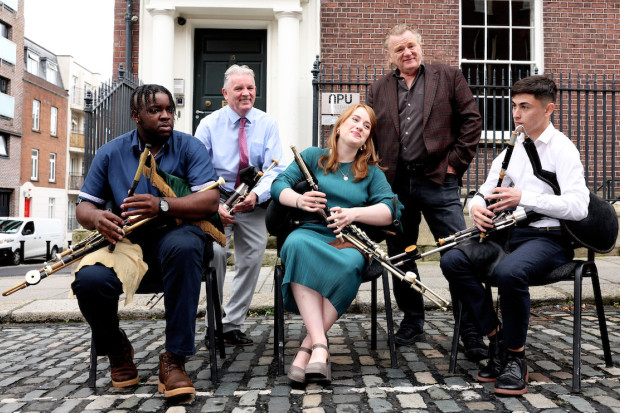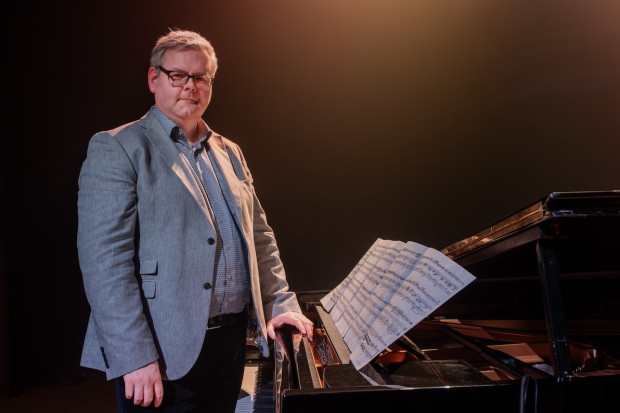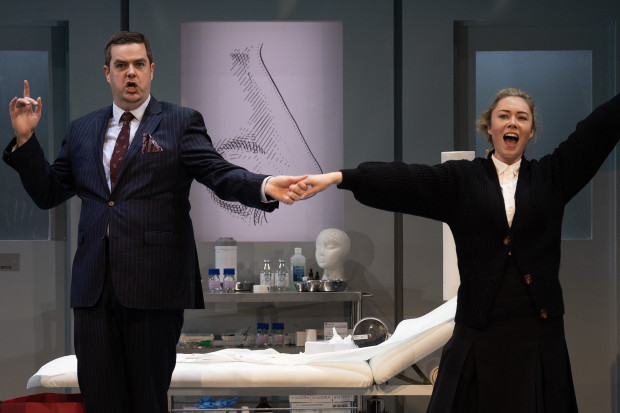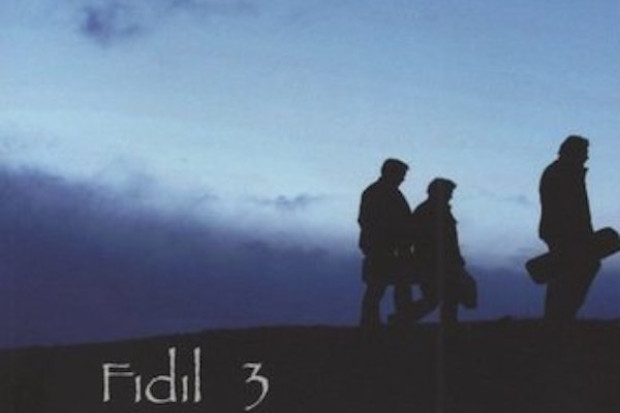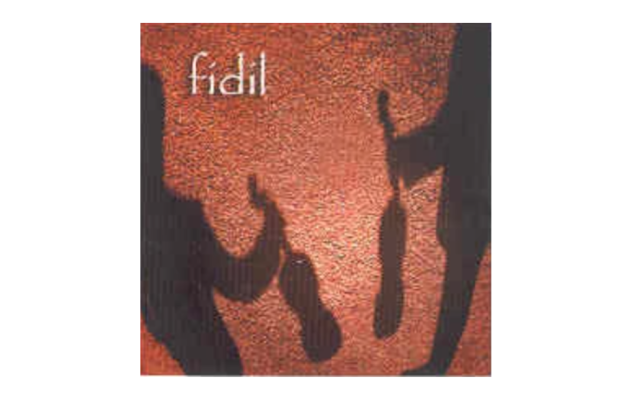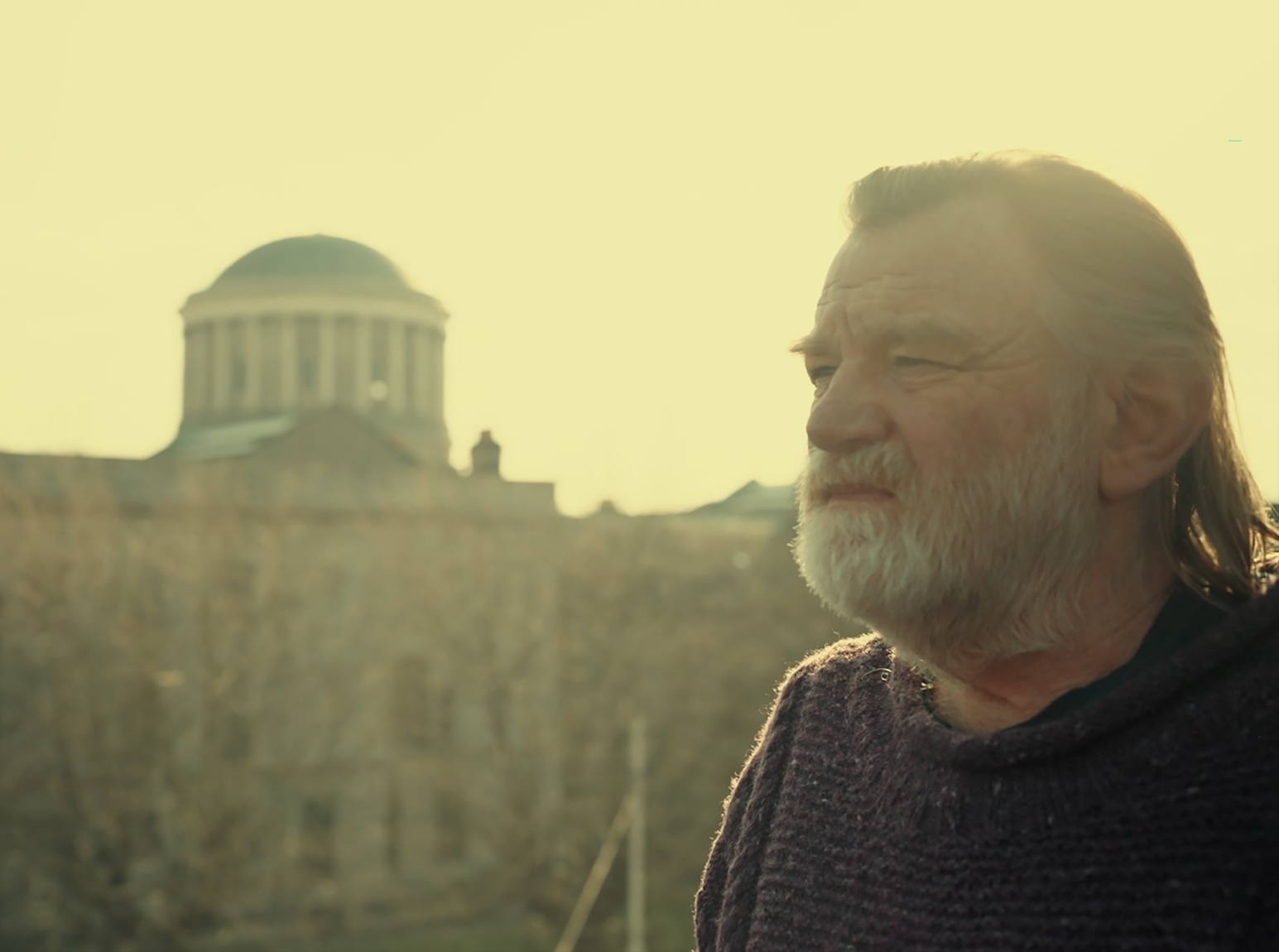
Marking the Loss of Traditional Music Listening Spaces
Certain pubs and publicans have become strongly associated with, and even integral to, Irish traditional music both across Ireland and further afield. A phenomenon of the revival, the pub session may be celebrated, decried, or simply tolerated; whatever the case, for many musicians it is an essential part of their identity as musicians, regardless of ability or status. The nature of this relationship between pubs and musicians, the provision of space, and what happens when this ends, is explored in a new film, Brendan Gleeson’s Farewell to Hughes’s, which focuses on the musical legacy of Hughes’s Pub, Dublin. Produced by the Irish Traditional Music Archive and Key Note Productions, it is directed by Ciaran Ó Maonaigh, who has worked on many traditional music programmes as producer, presenter and director, and is presented by the actor Brendan Gleeson, who was also involved in its production, along with ITMA director Liam O’Connor.
The pub itself was situated near the Four Courts, the Dublin Fruit and Vegetable Market, and the now demolished Fish Market in the north of the city centre. A good portion of the film considers how this context shaped the pub: it was originally an early house, open for market workers, and also served as a watering hole for barristers, solicitors and others involved in court cases. In the Hughes family from the 1950s, and run for many years by Mick Hughes (who sadly passed away in 2019), it only became a music pub after 1985, when Breanndán Ó Beaglaíoch was asked to play on a Monday night. As the film explains, at the time the pub had a limited enough evening trade, and this was a way of trying to address this. As the urban set-dancing revival was in full swing at this time, dancers from Brooks Academy attended the session, reportedly the first time set dancing took part in a Dublin pub. Other musicians who joined Ó Beaglaíoch included Steve Cooney, Vinnie Kilduff and the fiddler Gerry Bevan. This became something of a catalyst for music sessions to spring up on other nights, and at its height Hughes’s hosted music sessions on every night of the week (and often two sessions took place at the same time thanks to the snug). Some of the film’s performances reenact these first set-dance evenings, which in truth had long ceased to be part of the musical culture of Hughes’s.
Different sessions, different nights
As Hughes’s developed into a recognised music pub, different types of sessions became established on various nights, including a folk and rock guitar session, slower sessions, and a women’s session. As Martin Hughes (who ran the pub briefly before its closure) explains, some of these lasted for many years. Chief among them was the Sunday night session of the pub, which was ‘hosted’ by uilleann piper Gay McKeon and fiddler Mary Corcoran for more than thirty years, and to which Gleeson was a regular visitor. Several of the sets feature some of the main musicians of that session; as well as McKeon and Corcoran, we hear their son Seán McKeon (uilleann pipes), Roma Casey (fiddle), Tom McDonagh (bouzouki) and Paul Doyle (guitar). In their conversations and interviews, they dwell on how important the session was to them, and how at first the pandemic, and later the closure of the pub, was so damaging to their musical lives. Casey and Corcoran speak passionately about the feelings engendered by returning to the pub for filming. What also comes through is how the session at Hughes’s was attractive for its combination of the known and the unknown: it was a space where life-long connections were maintained and cemented, but also where anyone could walk in, join and bring their own voice and musically shape the session. As a city-centre pub, people passing through or in Dublin for a weekend often fitted in a visit to play or just to listen.
Further historical dimensions on the importance of Hughes’s come from Gay McKeon, who underlines how uncommon pub sessions were in Dublin before the 1980s, and that the beginning of music in Hughes’s marked the start of the decline of the earlier folk club scene. At the same time, the ethos of the sessions hosted by the Pipers’ Club in Thomas Street – the respect given to musicians, and an emphasis on the value of listening – was maintained and cultivated by Mick Hughes in the new sessions. There are valuable contributions from Muireann Banks and other members of the Fanny Power session (named after the Turlough Carolan tune), which gave a valuable platform to women musicians in the city. Another notable woman in the story of Hughes’s is the fiddler Pearl Shaughnessy, who was hugely supportive to many musicians through the sessions she ran.
A loss of places to play
Although the film seems on the surface to be about Gleeson’s experience of Hughes’s, it is more textured and subtle than this – Gleeson acts as a prompter for other voices, eliciting personal responses from his musician friends about what Hughes’s, and its loss, meant to them. It’s structured in a way that allows the story to unfold, rather than progressing chronologically through the pub’s history. The most telling comments reflect on how the loss of Hughes’s is damaging not just for the musicians who regularly played in it, but for the wider traditional music community around Dublin. Paul McGrattan relates how the loss of the pub ‘is hugely felt in the city at the moment’, and that now ‘traditional musicians have very few options of places to play where the music is respected and understood’. This is reinforced by Doireann Ní Loingsigh, who draws attention to the lack of places in Dublin that enable musicians to sit down and play music together. The Cobblestone in Smithfield is one of the few remaining. Similar sentiments are evoked by Paul O’Shaughnessy’s comment that ‘We’d have been lost in the city … if we hadn’t had it’.
While the film is strong in conveying the sense of loss felt by those affected by the pub’s closure, it overlooks that the pub had been in somewhat of a long decline (as a music pub), and that several regular sessions had already stopped well before its closure in 2020. Perhaps because of its elegiac and commemorative tone, the film glosses over the question of how musicians and the music contributed to the viability and success of the pub, and how the issue of reimbursement for this was organised – after all, the music was introduced to increase the number of evening customers. But this may be incidental to the wider picture, as most scholarly research on the session reveals that its commodification has little impact on the perception of it as a social and musical event at which anything can happen: from the most sublime and magical music, to the utterly incongruous (such as Martha Wainwright singing ‘Bloody Mother Fucking Asshole’ to a bemused session at the pub).
In a broader sense, the confluence of personalities, musicians and atmosphere that produced almost forty years of music at Hughes’s was something magical in itself. Was it irreplaceable and should it – as Liam O’Connor jokingly hints in the film – have been protected? There are resonances here with the ongoing disappearance of venues and other spaces for music and the arts across Dublin, as well as parallels with broader concerns of ecology, the environment, biodiversity and cultural sustainability. However, the process of safeguarding and preserving cultural heritage and cultural spaces is hugely complex, and may not have been applicable here (Martin Hughes clearly states in the film that he felt it was time to close the pub and move on to other things). It may be that, over time, other spaces will emerge to fill the gap left by Hughes’s, and indeed the Sunday session has since found a new home in the Pipers Corner. But the tone of many of the musicians interviewed suggests otherwise. So while the film is a fine monument to Hughes’s pub, it may be that its most urgent message is the acute need for more sympathetic and welcoming spaces for traditional music in Dublin, and indeed beyond.
Brendan Gleeson’s Farewell to Hughes’s is showing at the Lighthouse in Dublin until 28 March, and is in Pálás in Galway this evening, 21 March, at 5.30pm.
Subscribe to our newsletter.
Published on 21 March 2024
Adrian Scahill is a lecturer in traditional music at Maynooth University.










